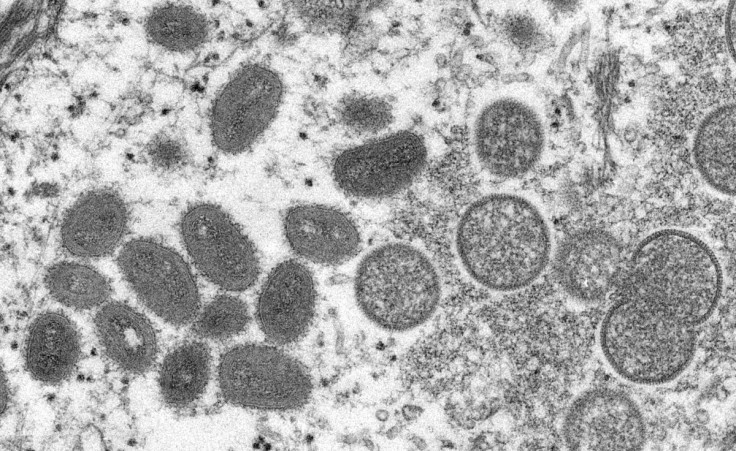Monkeypox Cases Grow To Over 550 In 30 Countries As Source Of Outbreak Unknown
The number of monkeypox cases has now grown to over 550 worldwide, reaching over 30 countries, including the U.S., according to the World Health Organization.
Rosamund Lewis, WHO technical lead for monkeypox, made the announcement on Tuesday to CNN, saying, “We're seeing cases all appearing in a relatively short period of time. We're seeing that in a few days, in a couple of weeks, we're seeing over 500 cases. This is different. This has not been seen before.”
According to Lewis, the origins of the outbreak are still unknown. The disease is traditionally only prevalent in West and Central Africa.
The rise in cases of the virus came over the weekend as the WHO said it had received reports of 257 confirmed cases of monkeypox and about 120 suspected cases in 23 nations where it is not an endemic, CNN reported.
However, Lewis said during a WHO news briefing on Monday that there is not currently a concern that the monkeypox will become a global pandemic. But Lewis told CNN that “there are many questions still” as the organization looks to meet to develop a research agenda and research priorities for the virus, which typically spreads from animals to humans.
Symptoms of monkeypox can include rash, fever, swollen lymph nodes, headache, back pain, muscle aches, and fatigue, as well as lesions that develop on the hands and soles of the feet and can spread to the rest of the body.
Transmission of the virus can occur through broken skin, such as sores or scabs, and bodily fluids of an infected person or animal or through contaminated clothing or bed linens, according to the Centers for Disease Control and Prevention.

© Copyright IBTimes 2025. All rights reserved.





















